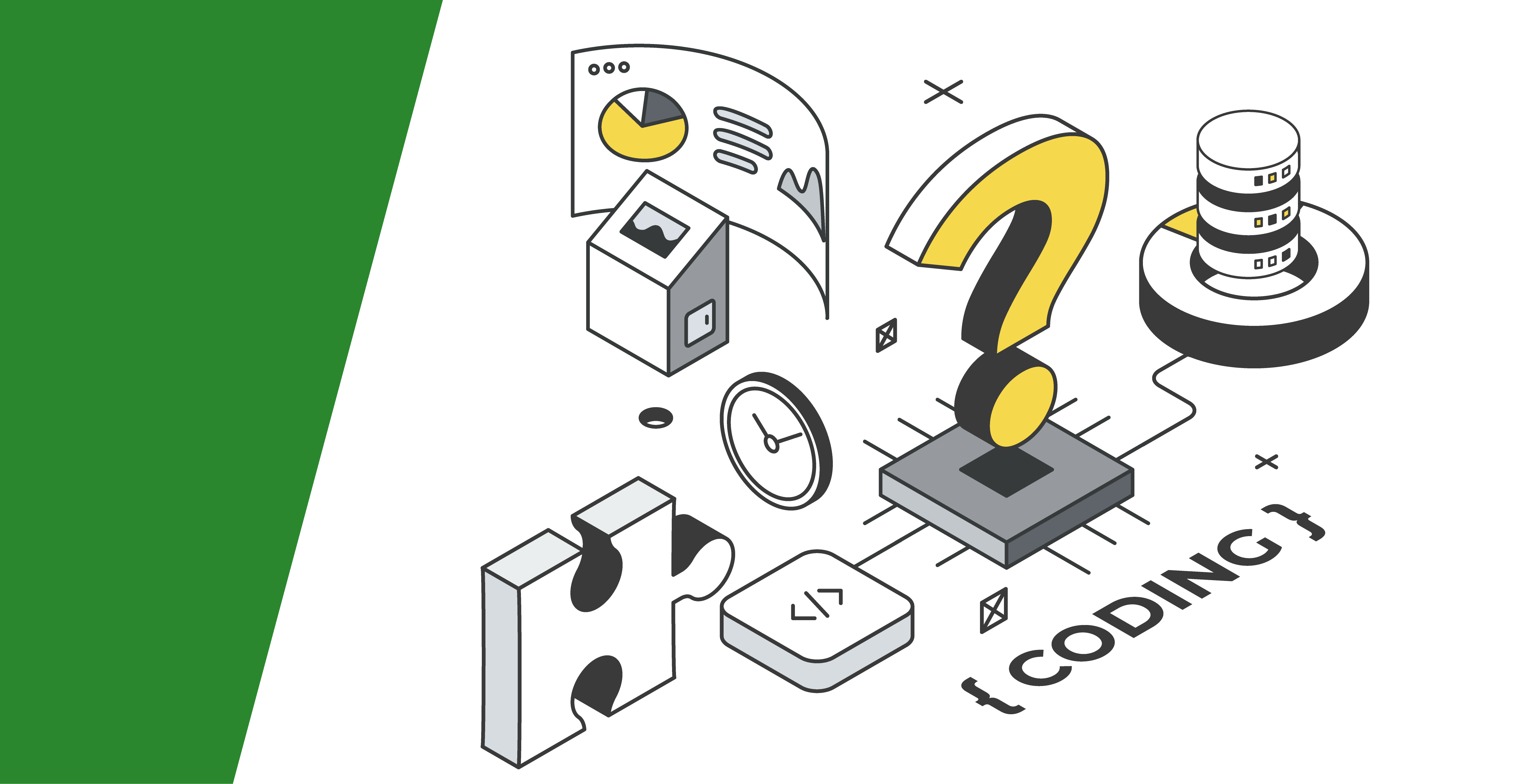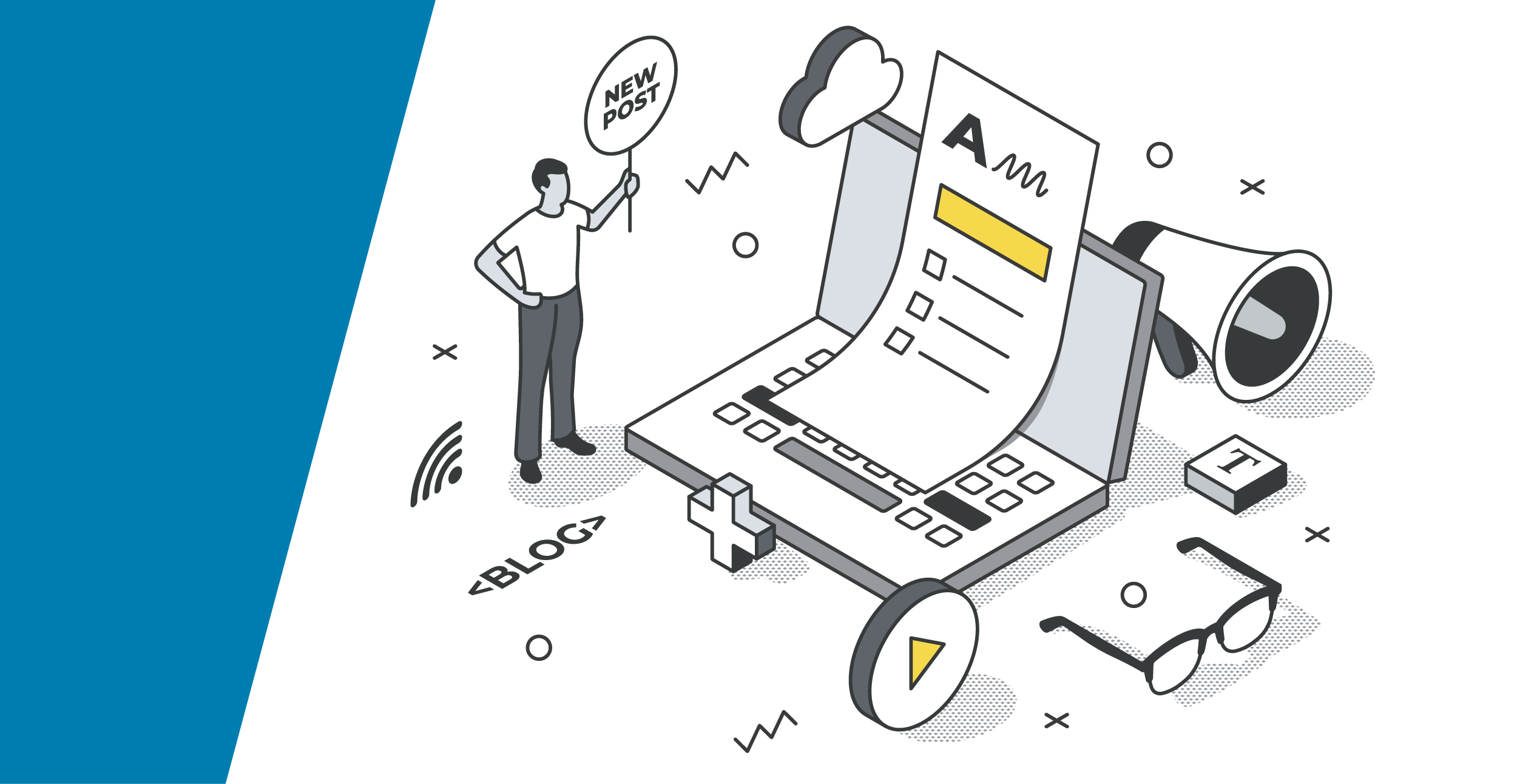In the ever-evolving landscape of technology, certain relics from the past continue to play an essential role in our modern world. One such relic is COBOL (Common Business Oriented Language), a programming language with a storied history in business applications. In fact, COBOL developers often refer to themselves and the language as “dinosaurs” because of the languages’ age.
But much like the dinosaurs, it would take a world-ending event to wipe COBOL from the face of the earth. And no coding meteors are expected to hit the digital world anytime soon. For better or worse, COBOL is sticking around. So what do we do with this artifact in the meantime?
We can’t ignore it—COBOL has been powering critical systems for decades, and its legacy is deeply entrenched in various industries. COBOL was engineered to facilitate data-centric operations, including record-keeping, calculations, and reporting. Understanding the depth of its data-handling capabilities is crucial for effective COBOL modernization. However, as technology hurtles forward, the need to modernize COBOL applications has become increasingly urgent. Modernization is not merely about keeping up with the times; it's about ensuring that these mission-critical systems can adapt, integrate, and continue to provide value in an ever-evolving tech landscape.
However, at the heart of COBOL modernization lies a fundamental challenge: balancing the intricacies of the language with the delicate data it manages. To grasp the nuances of COBOL modernization, it's essential to differentiate between the COBOL language itself and the data it operates on. Each plays a unique role in COBOL applications and presents distinct challenges during the modernization journey.
In this blog post, we will explore these differences between COBOL code or COBOL data and how they impact the modernization process by explaining the data-centric nature of COBOL, the role of the COBOL language, and strategies for modernizing both aspects.
Understanding why COBOL is still used today
Before we begin, let’s take time to understand exactly why COBOL proliferated through the healthcare, insurance, financial, and retail sectors (among other industries). If you already have a pretty good understanding of where we came from and why we’re here now, feel free to skip this section—we won’t tell.
COBOL was developed in the 1950s with a focus on business data processing. The language’s syntax and structure can handle massive volumes of data. It does a great job of this—even when compared with modern languages—and its syntax’s business-oriented descriptions work to give even non-coders a sense of what each piece of code is designed to do.
However, this ability to handle data volumes has also created a unique problem. The modern tech landscape demands more agility, scalability, and integration capabilities than COBOL systems can typically offer. So businesses look into modernization to solve this. Unfortunately, the sheer amount of COBOL data often makes migrating away from legacy systems near impossible. COBOL modernization is cost- and resource-intensive, but the alternative is to fall behind other companies. As a result, the modernization of COBOL applications has become a strategic imperative for organizations worldwide.
This is where the language vs. data comes into play. Should businesses focus on modernizing the data, working to integrate it with other applications? Or should they focus on reworking the language to bring modernization into the COBOL applications themselves?
Data vs. Language: Why it’s hard to only focus on one or the other
For all its difficulties, putting COBOL data in another format isn’t always feasible. Often, businesses are dealing with proprietary data structures and formats that have evolved over decades. These unique data structures can be a barrier to seamless integration with modern systems. However, changing data structures is dangerous, and the wrong strategy could end up sacrificing the integrity of critical business data.
On the other hand, changing the COBOL code can also be difficult. COBOL's data-handling capabilities have been its strong suit since its inception. It was purpose-built to manage vast amounts of business data efficiently. Here are a few crucial benefits of using the COBOL language and data together:
- Data Integrity: COBOL excels at ensuring data accuracy and reliability, a critical requirement in industries like finance and healthcare.
- Efficient Data Handling: COBOL's syntax and structure are optimized for handling large volumes of business data. It provides powerful data manipulation features, making it well-suited for batch processing tasks.
- Data Organization and Indexing: COBOL provides robust data organization capabilities, allowing for efficient indexing and retrieval of specific records. This is essential for applications that require rapid access to specific data points.
- Low Resource Consumption: COBOL applications are known for their efficiency in resource consumption. They can often run on relatively modest hardware, making them cost-effective to maintain.
- Longevity and Stability: COBOL applications have demonstrated remarkable longevity and stability. They have been in use for decades, and many organizations continue to rely on them for critical business operations.
- Complex Business Logic: COBOL often embodies complex business logic within its data structures. This logic has been refined and fine-tuned over years of use, making it a critical component of the application's functionality.
Different approaches to COBOL modernization: COBOL code or COBOL data
As strong as the language and data work together, they don’t play nice with other applications, languages, and APIs. Hence, modernization and COBOL migration. Here are the pros and cons of modernizing the language and modernizing the data format, which should give you a better idea on whether to focus on COBOL code or COBOL data.
Modernizing from a language-first perspective
Often, modernization comes in the form of adjusting the language of the apps: Rewriting the code, refactoring it, or rehosting it on a different platform. Each can be beneficial (or a pain in the neck), depending on your particular use case.
Rewriting: Strap in—rewriting is a tough choice for modernization. It can be incredibly difficult to recreate an application from scratch. Outside of the heavy code lifting, it also requires analyzing and interpreting the app’s logic and architecture. The current shortage of COBOL developers, alongside a potential lack of legacy documentation, can make rewriting your app a Herculean effort.
Even if you get through these hurdles, the rewrite could still fail—there’s a reason why many devs say you should never rewrite legacy code.
Rebuilding: Similar to rewriting, rebuilding breaks down what the software currently does. Devs reverse-engineer the app down to its most basic parts and rebuilding it into a better format. This can be a cheaper way to modernize when parts of the legacy system still have use. Rather than throwing the baby out with the bathwater, devs only create features not currently in the system. They save all useful components, removing broken or outdated ones. Then, all they need to develop are features to fill the gap between where the app now stands and where your business needs to be.
Rehosting: This means moving a legacy software app to an entirely different platform. While the lift-and-shift method lets you avoid any significant changes to the app, it usually only delays the inevitable. Businesses generally use this method alongside developing another application to replace it. The most cost-effective form of rehosting is migrating to virtual machines, but some choose to move software to entirely new hardware.
Mordernizing from a data-first perspective
Organizations will often take a data-first approach to modernizing legacy systems. This could mean migrating the data away from the legacy system and transforming it into a newer data format, or it could look like extracting the data from within the COBOL application and pushing it to a modern system via APIs or similar means.
There are a lot of great things about this method—it’ll create a smoother integration with newer systems and applications, improve querying and manipulation capabilities, and potentially support a wider range of data types.
These advances will open up new avenues for analytics. In addition, modern data formats often have strong encryption capabilities to protect sensitive data. Depending on your needs, you could also specifically choose a modern format that lends itself to more efficient storage and retrieval, meaning faster data access times.
As you grow, these data formats scale better than COBOL data formats, allowing your applications to grow alongside your business.
But modernizing data formats isn’t all sunshine and rainbows. Here are a few of the biggest risks when reformatting:
- Data loss or corruption: By far the biggest danger is losing data during the conversion process. COBOL excels at storing large amounts of business data, and losing any of it to corruption could be detrimental to your company.
- Time and resource costs: As mentioned, COBOL’s purpose and age typically mean businesses using COBOL have a ton of COBOL data. Reformatting such a large dataset can take a lot of time and computing power, which can be cost-prohibitive for some companies. In fact, the quantity of COBOL data and code is often what makes modernization so difficult; there’s no “easy” method to move, rewrite, or reformat the behemoth of COBOL data.
- Loss of historical context: Converting data to a new format may result in the loss of historical context or metadata associated with the original data, which could be valuable for auditing, compliance, or analysis purposes.
- Further integration challenges: Even if you’ve updated your data to better integrate with modern systems, they may not be the only part of your system needing modernization. Data format disparities, such as EBCDIC vs. ASCII, can also be a stumbling block in integration efforts. If there are other systems that rely on the old data format, transforming COBOL data could lead to integration problems with other applications.
Ultimately, you should think carefully before reformatting COBOL data, weighing the benefits against the potential risks and costs involved. It's important to conduct thorough testing and have contingency plans in place to mitigate any unforeseen issues that may arise during the conversion process.
Is it the code or the data that’s most important?
Ultimately, COBOL modernization is a complex endeavor with a lot of nuance. Whether you prioritize updating the app or the data should be considered on a case-by-case basis. We recommend, however, that modernization be approached holistically by giving both language and data due consideration.
A holistic modernization strategy that addresses both aspects can ensure that COBOL applications continue to provide value in today's tech-driven world. Balancing the language and data modernization efforts is the key to a successful transformation that leverages the strengths of COBOL while embracing the capabilities of modern technology. Utilizing COBOL’s unique value propositions and eliminating its deficiencies can lead to an easier, more cost-effective solution than a complete overhaul.
That’s why we developed FairCom RTG. Our software modernizes non-mainframe COBOL applications without touching the code or business logic. It replaces the file system sitting under the app runtime and gives you real-time SQL access. Easily use transaction-oriented interfaces like JDBC, ODBC, PHP, and Python, all without actually changing the COBOL data files.
FairCom RTG also maps all COBOL files into data tables, eliminating reformatting typically needed to query the data.
By adopting a comprehensive approach that addresses both language and data, organizations can embark on a transformative modernization journey that sets the stage for a more agile, integrated, and future-ready IT landscape.
Want to see RTG in action? Reach out to schedule a customized demo.


